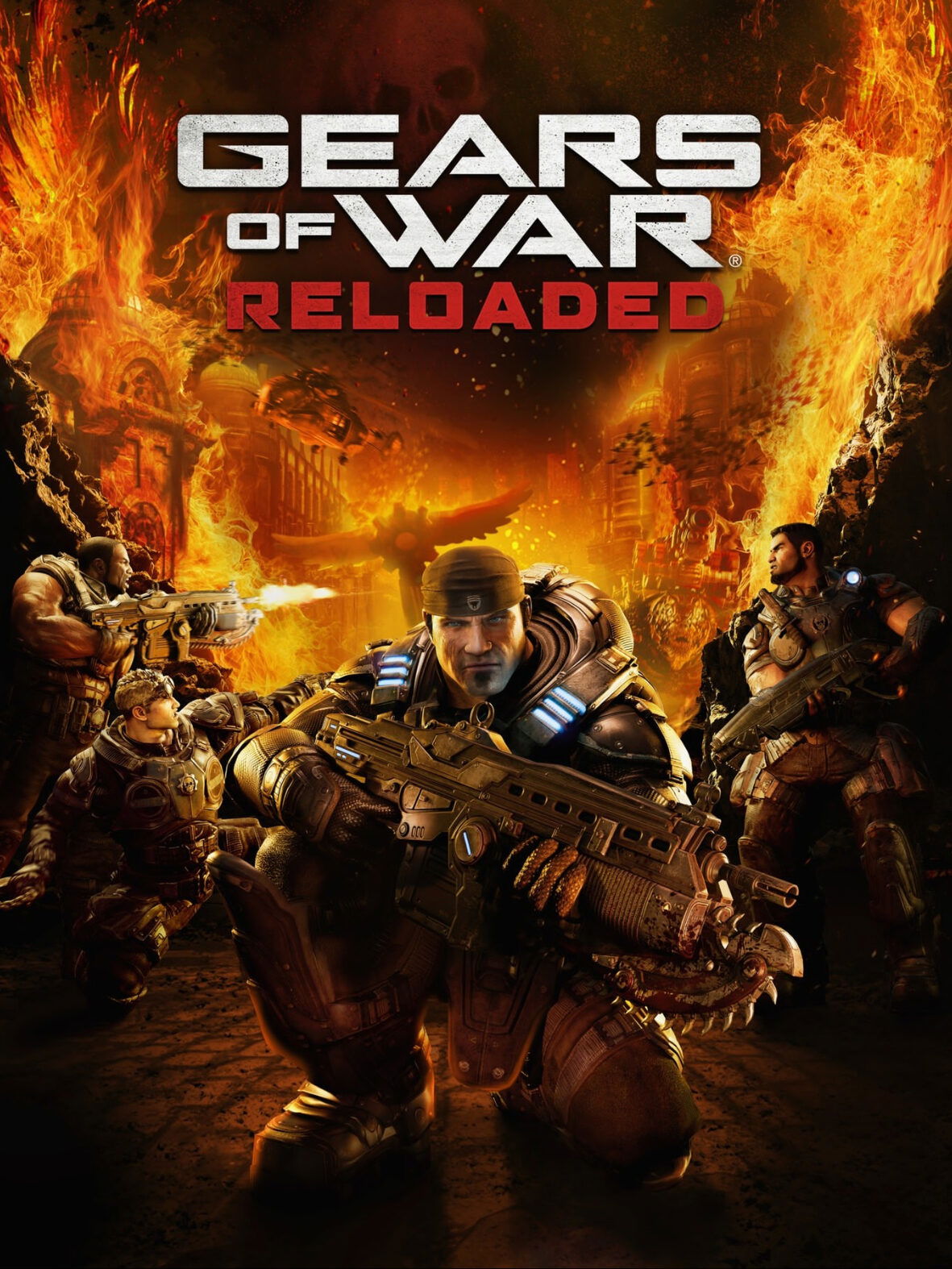There is a strange comfort and surprise in booting up Gears of War: Reloaded and seeing The Coalition’s logo on a PlayStation system. The familiar thrum of a chainsaw revving, the weighty stomp of armoured boots in a war-torn city or underground, and the bark of Lancer fire all come flooding back in an instant. For longtime fans, it is the sort of thing that pulls you immediately into muscle memory. But nostalgia, as always, is a double-edged blade, and Reloaded makes it clear just how much the series has aged in both design and feel.
This is not a ground-up reimagining. It is not a sweeping reinvention or bold reinterpretation of what Gears of War could be in 2025. Reloaded is, for better and worse, a preservation piece with a few modern flourishes. Its task is to bring the original trilogy into sharper focus while stitching it together in a way that makes sense for new players. And while the facelift is impressive, the longer you spend with it, the harder it becomes to ignore the creaks and groans of gameplay design that was groundbreaking in 2006 but feels almost suffocating now.
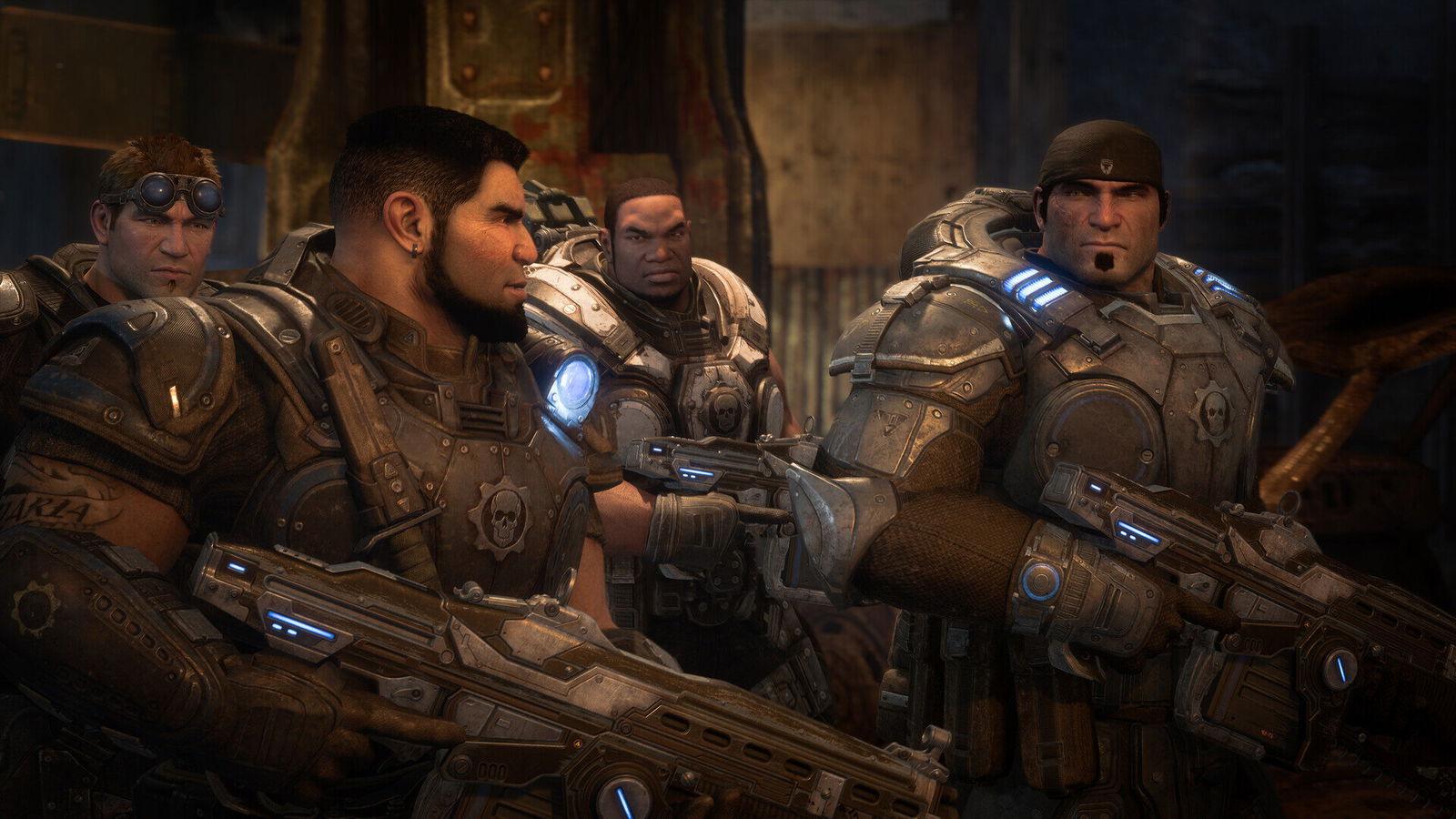
The biggest culprit is the movement. Gears of War has always been about making every sprint and run feel as though you are dragging around 50 pounds of armour, and that part remains intact. The cover system was groundbreaking when it first landed, but it now shows its age most of all.
“Reloaded is, for better and worse, a preservation piece with a few modern flourishes.”
Getting in and out of cover works reasonably well, but it lacks the fluidity of modern shooters. Instead of snapping in and out with precision, it often feels as though the game is fighting you, forcing you to decide whether you meant to vault over that chest-high wall or just stick to it awkwardly. After a while, it feels less like tension and more like friction, and not the good kind.
Gunplay has not fared much better. The weapons remain iconic, the Lancer is still one of the most memorable tools in gaming, but the rhythm of firefights cannot shake their stiffness. Enemies push forward in predictable ways, the arenas are rigid in layout, and the whole experience can feel more like solving a math problem than the messy chaos modern shooters embrace. That is not necessarily a bad thing, but it does mean the cracks show more quickly. When firefights play out the same way they did 15 years ago, it highlights how much the genre has moved forward, while Gears of War has largely stayed put.
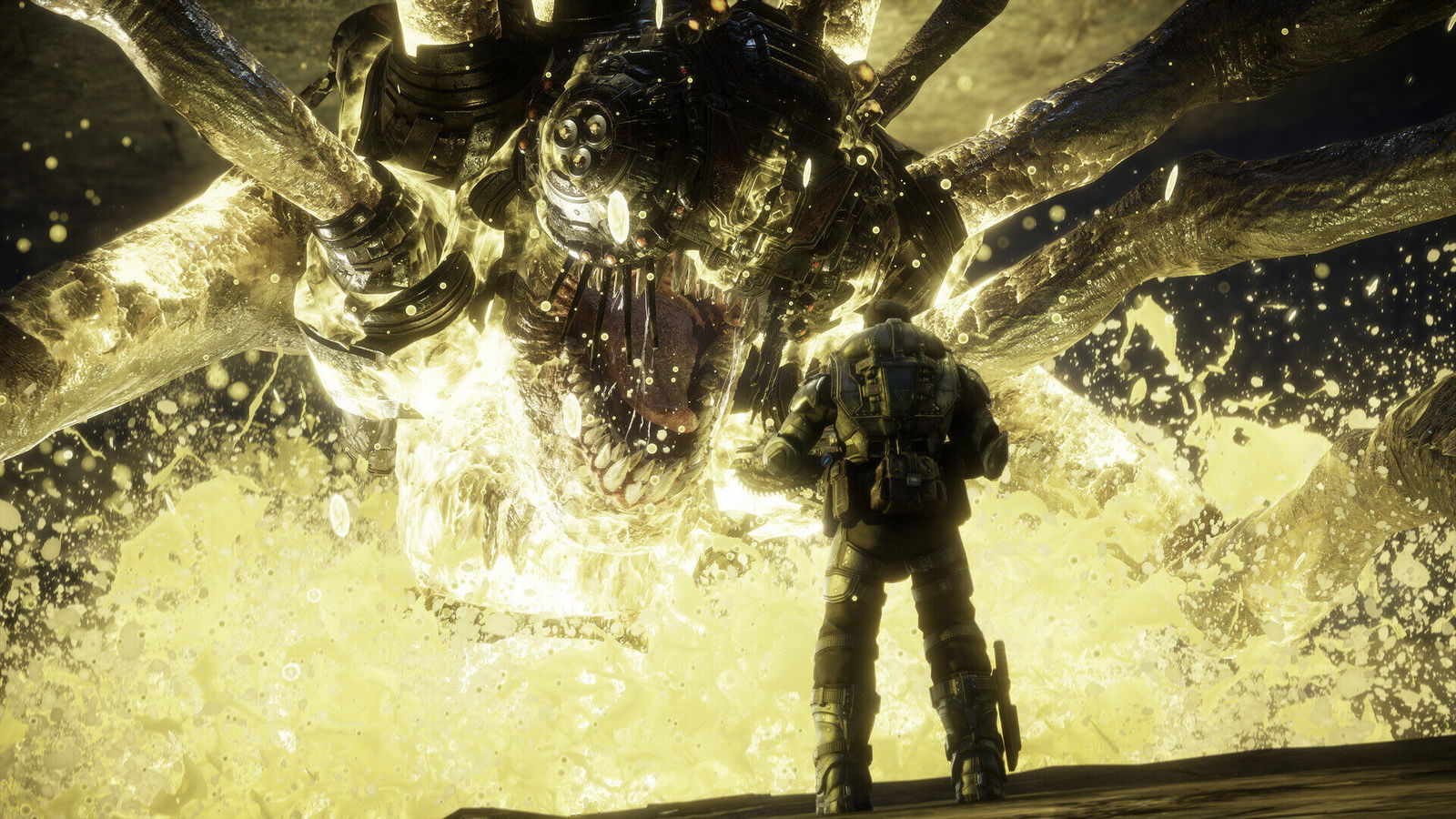
That said, there is still a specific thrill to the combat. When it clicks, when your squad is pinned behind cover, grenades explode around you, and a teammate makes a daring push forward to chainsaw through a Locust drone, it delivers cinematic intensity that is hard to replicate. The pacing of those encounters still works. The structure, even with its dated stiffness, continues to ratchet tension and release it at the right moments. It is just that now, it often feels like you are pushing through sand to reach those highs.
Where Gears of War: Reloaded does succeed in feeling modern is in its approach to co-op. Cross-play is smooth and surprisingly seamless, making it easier than ever to team up with a friend regardless of platform. With the series now multiplatform, it is difficult to imagine future entries walking back that feature, since opening it to cross-play only strengthens the pool of players.
Gears has always been at its best with another person by your side, and the ability to run through the campaign with a friend on PC while playing on PS5 — or vice versa — adds significant value. Playing alone can make the clunkiness stand out more, but with a friend, it becomes easier to laugh off a missed cover snap or a stiff firefight. The nostalgia feels more communal in that way, and that is a clear win.
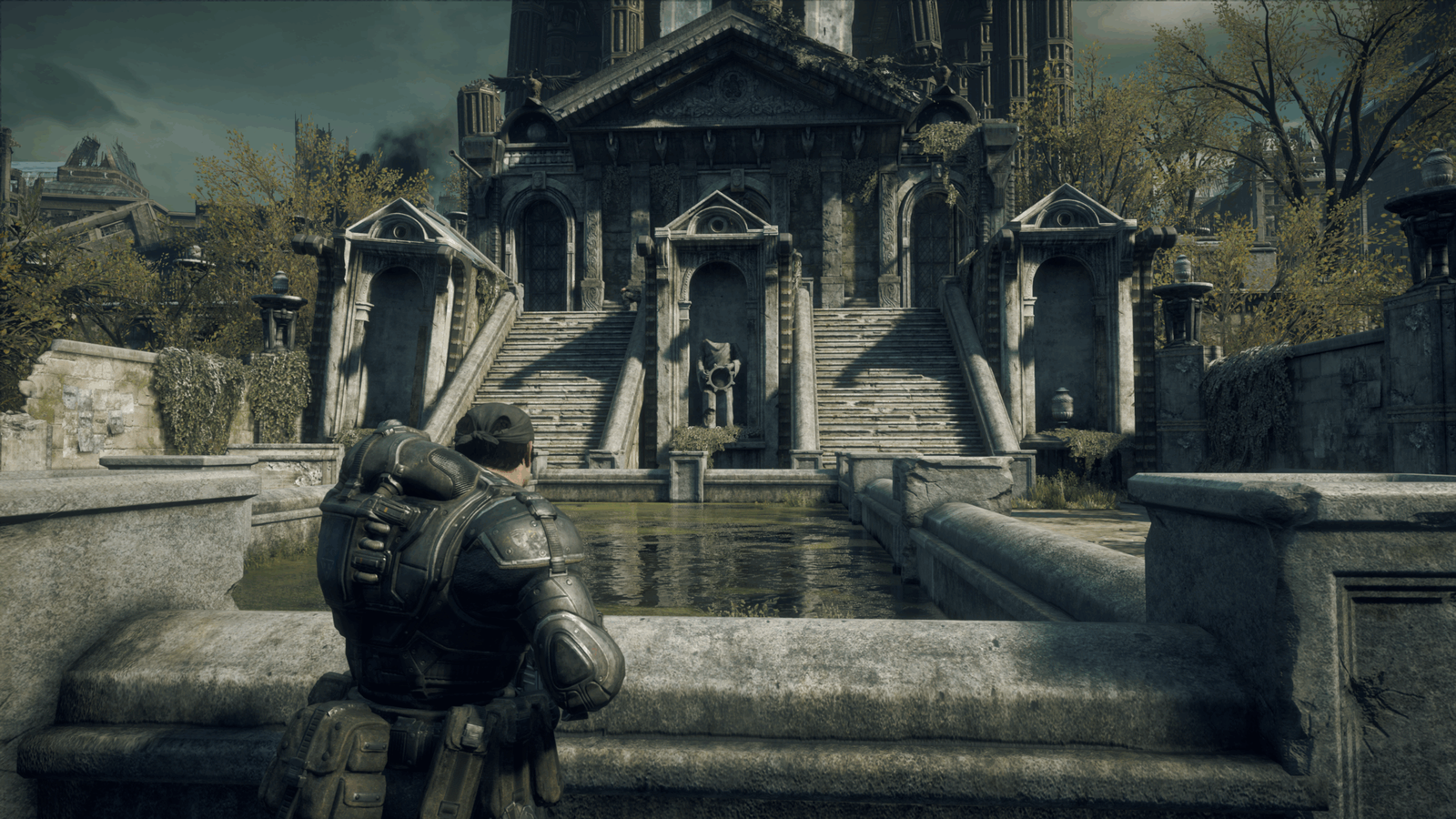
One of the big hooks of Gears of War: Reloaded, and one that should not be understated, is that this marks the first time Gears has landed on a PlayStation console. For so long, the series was tied to the identity of Xbox in the same way Halo was. To suddenly experience it on a DualSense controller, on hardware that was once its rival, feels like an olive branch to a new audience.
Playing on PS5 does not feel like a compromised version either. Performance is smooth, visuals are sharp and load times are quick. For many players who never owned an Xbox 360 or an Xbox One, this is their first chance to see what the fuss was about, and that is a major part of the appeal.
“When firefights play out the same way they did 15 years ago, it highlights how much the genre has moved forward, while Gears of War has largely stayed put.”
The visual overhaul is another highlight, though with limits. Environments look sharper, character models have been smoothed out, and lighting gives old levels a new moodiness. But it is not the kind of leap that makes you forget this is an older game at its core. At times, the difference from the original is subtle, and the skeleton of the original design is still obvious. Corridors remain narrow, arenas are boxy, and enemy AI often gets caught in familiar loops. The fresh coat of paint is welcome, but it does not entirely hide the dated bones beneath.
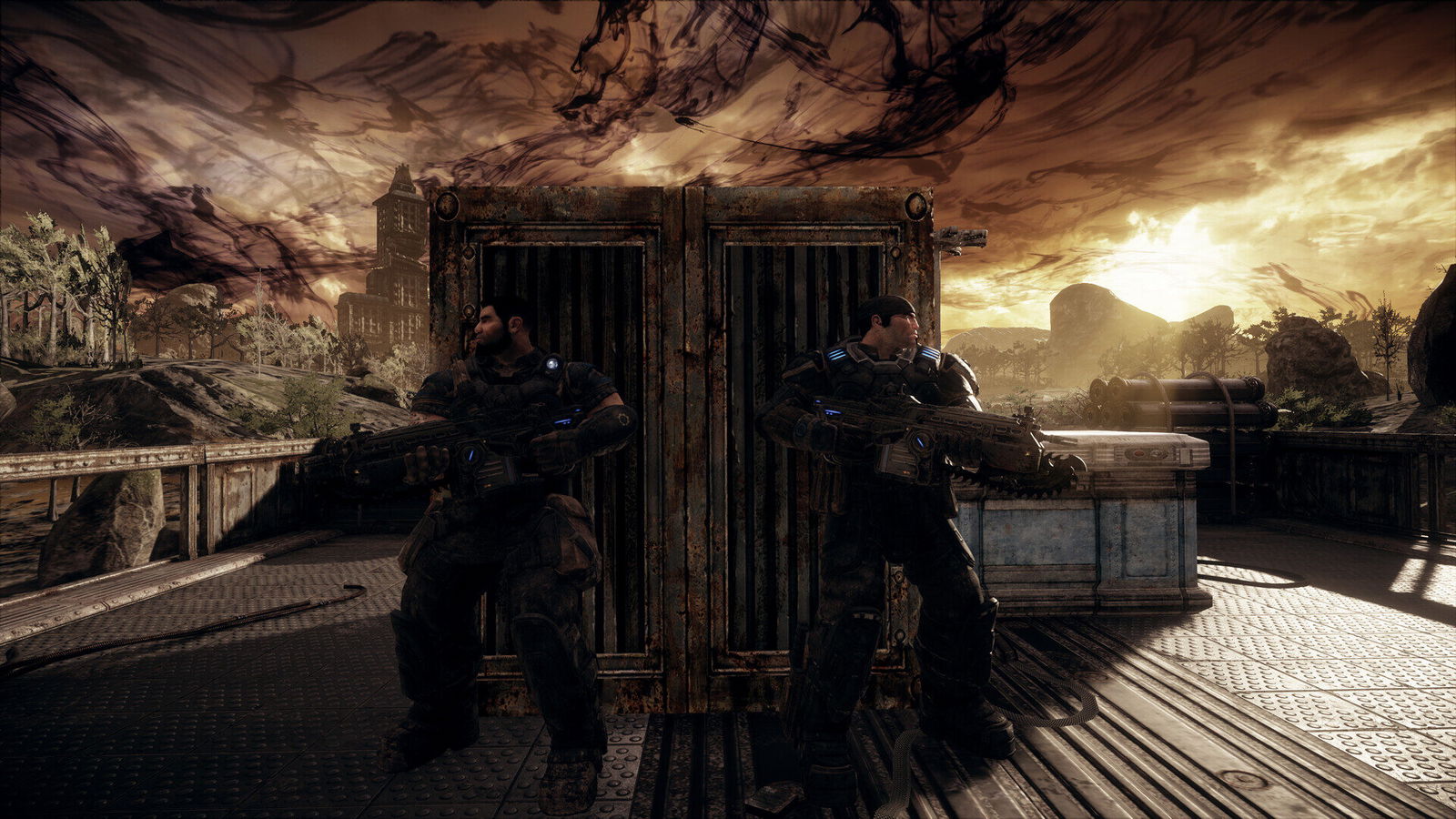
Narratively, the first Gears of War still carries weight. The setup, humanity on the brink, fighting a desperate war against a seemingly endless enemy, has a rawness that works as well now as it did in 2006. Marcus Fenix may not be the most complex protagonist, but his gruff determination remains iconic, and Dom’s loyalty provides the story with a much-needed emotional anchor. The writing does not always hold up; what once felt gritty often comes across as melodramatic or cartoonishly macho in 2025. But there is a certain charm in that bluntness. It plays like an early-2000s action film: dated in tone, but still effective in hitting the big beats and pulling you along for the ride.
One element I was not able to test was PvP multiplayer. The servers were not online during my time with the game, so I cannot speak to how the competitive side of Gears of War: Reloaded holds up. Given how much of the original series’ community was built on its multiplayer, that remains a major question mark. The co-op functionality, however, works well enough that it did not feel like a shortcoming. If the PvP suite manages to run as smoothly, it could be a significant boost for the game, but until servers are properly populated, it remains an unknown.
Which raises the bigger question Gears of War: Reloaded poses: who exactly is this for? New players may be curious about where the series started, but they are likely to bounce off the stiff movement and linear design quickly. For veterans, other than a graphical overhaul and a frame rate boost, there is not much new here — especially for those who already played 2015’s Gears of War: Ultimate Edition.
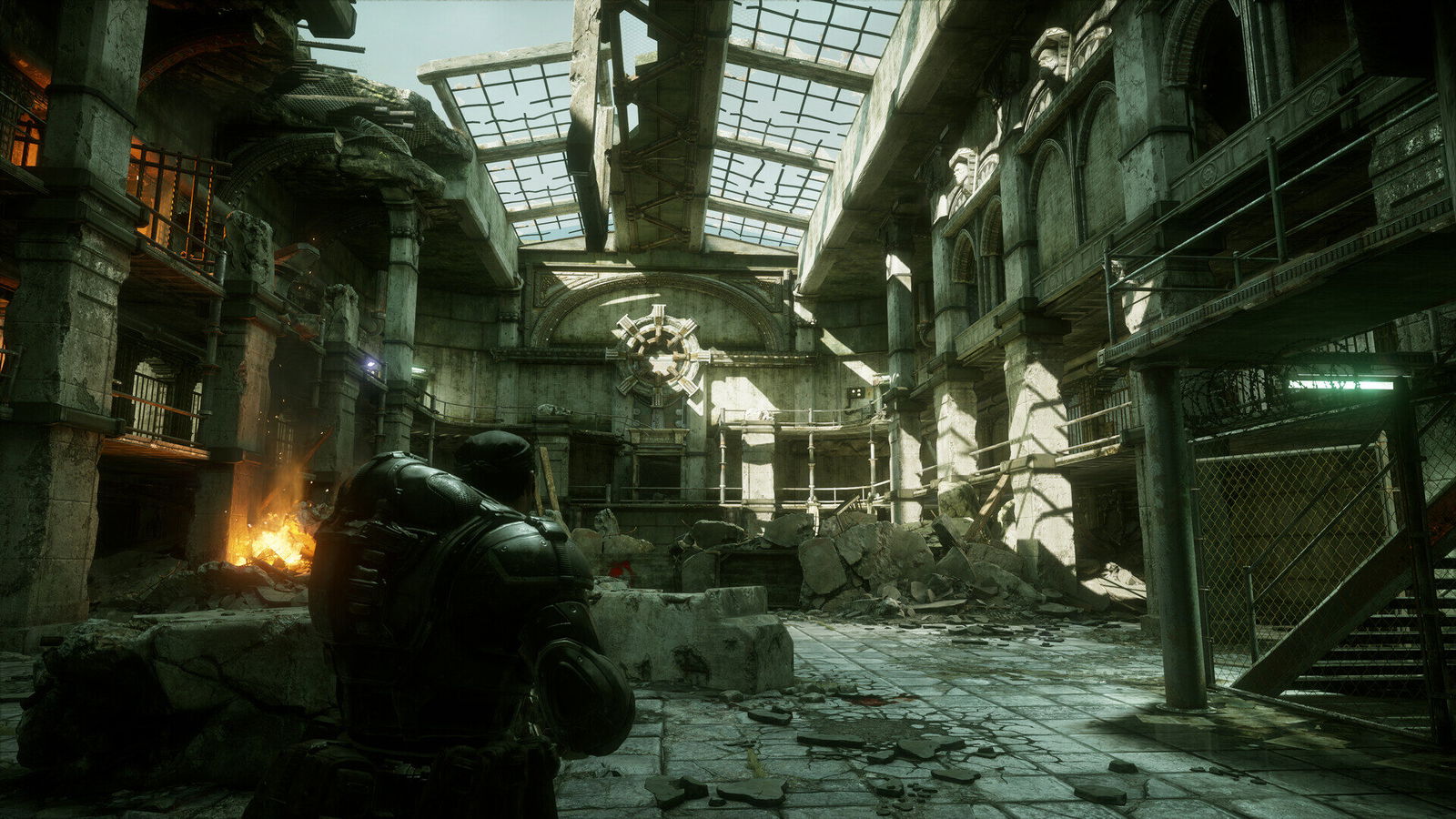
Once the nostalgia fades, what remains is a game stuck between eras. It is polished enough to look good on modern hardware, but too rigid to compete fully with contemporary shooters. It is a reminder of why Gears of War was such a seismic shift for the cover-based shooter genre when it launched, and also why so many other games built on its ideas and eventually left it behind.
At its best, Gears of War: Reloaded is a time capsule that shows why the original left such a mark on the industry. The cover system, the atmosphere and the booming set pieces still carry a thrill, and revisiting them shows how well some elements hold up. At the same time, there is no escaping how stiff and clunky it can feel now. The series’ DNA is intact, just not as flexible or exciting as the modern shooters that built on its ideas.
What helps keep it alive is accessibility. The ability to play on PS5 or cross-play with a friend on PC smooths over many of its rough edges. Nostalgia feels stronger when it is shared, and Reloaded leans into that. Alone, the seams are easier to spot, but with a partner chainsawing through Locust alongside you, the dated mechanics fade into the background.

